Watching the Chicago Blackhawks eke out a victory against the Tampa Bay Lightning on Tuesday was a harrowing experience. Once again, the puck seemed bound and determined to give probability the slip. Chicago was approaching 30 shots on goal with nary a point in sight!
I joked on Twitter that the Blackhawks were bending probability worse than the coin in Rosencrantz & Guildenstern Are Dead.
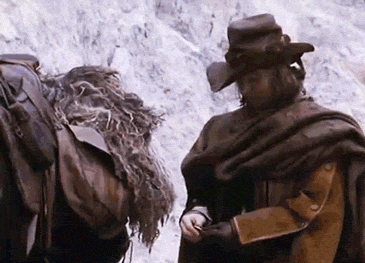
Then I realized that Tom Stoppard’s play was actually the perfect lens through which to talk about probability and absurdity in the NHL. Assembled below are aspects of the play, characters, and relevant quotes all mashed them up with their NHL equivalent. Despite the title above, Kane and Toews aren’t who I’ve lined up to play R&G — that comes at the end, naturally. Instead, Chicago is best represented by that damn coin.
The Coin: Chicago Blackhawks
A weaker man might be moved to re-examine his faith, if in nothing else at least in the law of probability.
In R&G, the main characters start the play by flipping a coin, which lands heads-up every time. They ruminate on what it means to get a seemingly impossible amount of coin-flips in a row that all land heads-up. Theoretically, it’s possible for this to occur, since there is always a 50/50 chance that the coin will land heads-up. But probability tells us that, the more times you flip the coin, the closer the results will actually be to 50/50. This is the natural order of things, and when it’s upset, something is very rotten in the state of Denmark.
Consider: One, probability is a factor which operates within natural forces. Two, probability is not operating as a factor. Three, we are now held within un-, sub- or super-natural forces. Discuss.
In hockey, PDO is like the coin. PDO is a stat that is a measuring stick for luck and probability. It works on the theory that every shot on goal results in either a save (we’ll call this “heads”), or it ends up in the net for a goal (we’ll call this “tails”). Thus, if you add up all the saves + goals from every game, you will account for 100% of the shots on goal in the entire league. Just like if you add up all heads + tails, you will account for 100% of the coin flips.
PDO takes this thought and uses it to assess whether a team is playing within expected probability. The PDO stat is simply Shooting Percentage (SH%) + Save Percentage (SV%). That’s it. The assumption is that, over the course of a full season, your average team is going to have a PDO around 100%. Variances indicate that a team will likely regress closer to 100% as time goes on. (Last season, the Blackhawks, Rangers, and Kings had PDOs of 100.09, 100.08, and 99.86, respectively. The Canadiens, who fared the worst in the Conference Finals, had a PDO of 101.7.)
This season, the Blackhawks’ offense keeps flipping the coin, and it keeps landing heads-up, to the point that I’m convinced the team is being affected by un-, sub-, or super-natural forces. Chicago’s SH% is an abysmal 6.74% (average is usually a hair under 9.00%). But our PDO is still 99.96, only because our goalies are putting up unsustainable save percentages. This is why the Blackhawks’ season reminds me of this absurdist work of drama: we’re a Stanley Cup favorite, and have become so due to good offense and average goaltending. And yet…
And yet, this season is something completely different. The script is utterly flipped, and when the goaltending comes crashing down to normalcy, will the shooting percentage rocket upwards in time to put Chicago atop the Central division? Probability says we should be okay, but it’s hard to put faith in probability.
The Players: Anaheim Ducks
…we can do you blood and love without the rhetoric, and we can do you blood and rhetoric without the love, and we can do you all three concurrent or consecutive. But we can’t give you love and rhetoric without the blood. Blood is compulsory. They’re all blood, you see.
Is that what people want?
It’s what we do.
The Players are the ultimate example of meta-fictional characters. They understand that they’re nothing but characters enacting a play within a play (within a play). They know what they’re good at, they’ve embraced the fact they have more surface than depth, and when the end arrives, they’ll make a quick exit. And they like to fight.
That sounds like the Anaheim Ducks to me. They currently lead the league in penalty-minutes (thanks in part to that shitshow against the Sharks). Bruce Boudreau seems to guide them through the season like he knows something we don’t. They play above their heads all season and regress hard in the playoffs, making an early exit. Which is fine, because it’s what the people want.
(On a related note, the London theatres in Shakespeare’s time were moved outside of the city proper, partially because the crowds might spread the bubonic plague. More than once, the London theatres were shut down when a plague scare swept through the area. Likewise, when the Blues and Wild came through Anaheim last month, they left with players succumbing to flu-like symptoms. And now the Ducks’ top scorer, Corey Perry, is on the injured reserve due to a rather nasty plague virus. Damn dirty Players.)
Hamlet: Sidney Crosby
I think we can say he made us look ridiculous.
Even when the story isn’t about him, the story is about him. He is the dynamic genius who leaves so many others looking foolish in his wake. He is the most important character in this drama. But as the narrative climaxes, and everything comes crashing down around him, someone else is left standing with the crown.
Am I talking about the brash young prince Hamlet, or the gifted young center Crosby? Exactly.
The Tragedy: Columbus Blue Jackets
The bad end unhappily, the good, unluckily. That is what tragedy means.
The Players have been brought in by Hamlet to perform a particular tragedy, and when Guildenstern mistakenly thinks the rehearsal is over, the Players correct him: a tragedy can’t end until the proper body count is reached.
If you want a body count in the NHL, look no further than the Blue Jackets. I covered the broken bodies littering their injured reserve, and since then Columbus has still not won a game. We don’t yet know if the Blue Jackets are a good or bad team this season, but they’ve been awfully unlucky and their fans have to be unhappy.
Rosencratz: Buffalo Sabres
Do you ever think of yourself as actually dead, lying in a box with a lid on it?
One of the reasons R&G is so adored by theatre and lit geeks is because it has a built-in destiny that everybody knows except the poor sods going through the motions. The audience knows they’re dead, the performers know it, some of the other characters seems to know it, but Rosencrantz and Guildenstern stumble past all the signs into their watery graves.
That’s the situation Ted Nolan, the Buffalo Sabres’ coach, finds himself in. Everybody knows that the Sabres are going to finish dead least, or in the little coffin next to last. The analysts know it, the fans know it, and one suspects the players know it. Hell, you expect that the team’s front office are the ones writing the script — after all, the team that dies the most pathetically gets the best chance to draft Connor McDavid (or Jack Eichel).
Through it all, Ted Nolan soldiers on, trying to not look at the signs all around him, trying to salvage some respect from the ending those scriptwriters are marching him towards.
Guildenstern: Colorado Avalanche
There must have been a moment at the beginning, where we could have said no. Somehow we missed it. Well, we’ll know better next time.
Compared to the Sabres, the Colorado Avalanche are the other side of the same coin. They’re stuck in a script that they clearly didn’t expect, even if all the stat nerds warned them. Sure, the Avalanche ostensibly improved with their offseason acquisitions, but they didn’t address their defense. They didn’t address the fact that probability was screaming at the Avalanche, telling them that they couldn’t keep giving up all those shots, couldn’t rely so heavily on improbable shooting and save percentages. The PDO would regress, and regress hard.
Pragmatism. Is that all you have to offer?
Coach Patrick Roy, shining his Jack Adams trophy while whistling a jaunty French tune, dismissed the nerds and their analytics. They knew what they were doing, Roy said. The shots they gave up were a feature, not a bug, he said. Probability doesn’t apply to us, he seemed to say.
Oh, what fools these men be.
Once last year was over, the coin stopped coming up heads every flip. Just like the analysts predicted, probability re-asserted itself. And the Avalanche found themselves trapped in a script that does not end well for them.

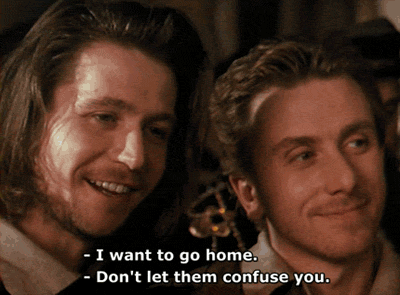

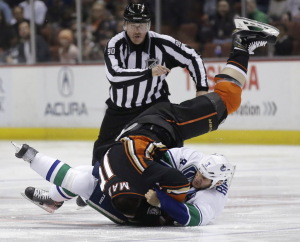
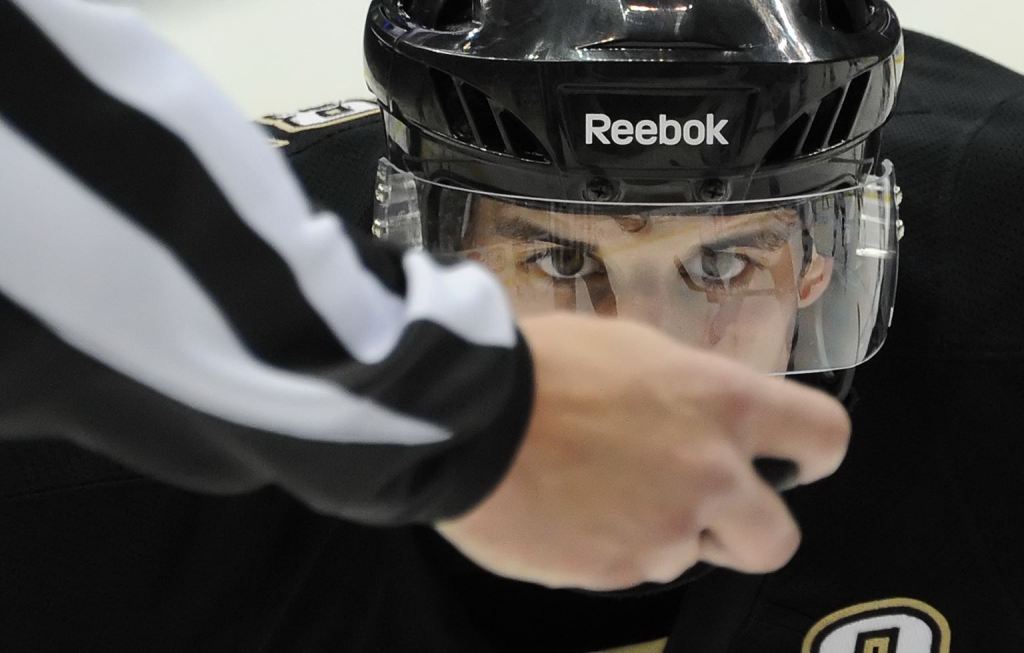

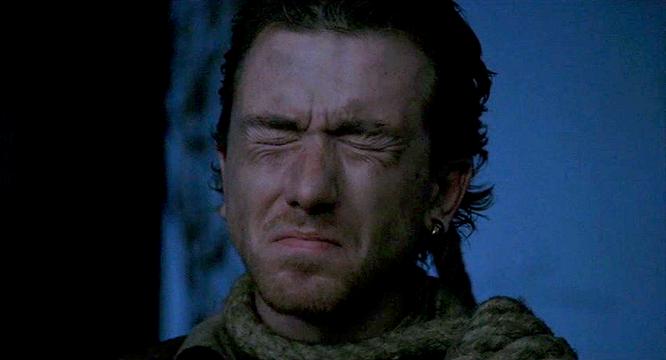






So who’s Inspector Hound in this scenario?